By Dendup Chophel
This is the story of a beloved bull that lived long before the monstrous Japan made power tillers displaced others of his kind from their position of pride as a Bhutanese farming household’s chief preoccupation. His name was Bjan Ka Zeb (bjan dkar dzerb), named after the white furs that lined his dewlap and brisket. He was bought by my grandmother from a herd of bulls that was put up for sale by cattle traders from the far East of Bhutan who periodically came for such purposes to the villages of Sha (shar) and Wang (wang) in western Bhutan.
The eastern borders of Bhutan were then famous for their pedigree Ja-tsa (rgya tsh) bulls that were cross-breeds of partially domesticated wild Mithun bulls (ba men) and native cows. A majestic animal with well-built physique, they were highly agile and were considered the kings of Bhutan’s notoriously narrow, terraced paddy fields. Even though these bulls were genetically sterile, they were nevertheless prized possessions for their high utility and durability. A Ja-tsa could live over quarter of a century and could serve a farmer for most of that period. However, more than its draught purposes, it was a Ja-tsa’s sheer brute force that always captivated the imagination of the people. A strong and skillful Ja-tsa that could floor enemy bulls with a hefty swing of its razor sharp horns was the delight of its owner. He would rather spend all his property on compensation of a gutted rival bull than see his pride bull turn tail.
As such, whenever news filtered of ad-hoc cattle tradeshows, people rushed to get hold of the boldest Ja-tsa. This was always one occasion where farmers could be banked on by crafty tradesmen. A Ja-tsa was simply irresistible and traders knew how to cash in on them. But Bjan Ka Zeb wasn’t bought because he was among the most impressive of them.
With a few Ja-tsas already in service, my grandmother went to spend the last of her reserve on a relatively benign animal that could be used simply for the utilitarian purpose it should have ideally been meant for. Bjan Ka Zeb fitted that bill. With no physical attributes of a pride bull, his trader assured that Bjan Ka Zeb would one day become a most useful task animal. With an austere look, Bjan Ka Zeb barely looked anything more than a weakling calf.
However, such characters are usually what give rise to fairy tales. Bjan Ka Zeb fast became a most adorable company for his owner’s family. Without any of the usual Ja-tsa tantrums, Bjan Ka Zeb was soon the playmate of every child. He displayed an intuitive understanding of people more like a cuddly cat than a half-tamed beast.
Those were the days when Bhutanese farming depended on a grand mix of agriculture and animal husbandry. To work the large endowments of land, farmers usually kept huge herds of mixed breed cattle. Ja-tsa and its female version (Ja-tsam) were among the prime breeds though the larger portion of the herd was usually made up of the indigenous specimens. Apart from catering to a household’s diary needs, cattle served draught purposes. At the same time, their excretions fertilized the fields.
Bjan Ka Zeb’s intuition of people’s expectation extended to understand their timetable across seasons. For the plantation season, Bjan Ka Zeb would tirelessly bear the yoke and till his owner’s fields. In the summer, he would be dispatched higher up into open pasturelands after he had been fed his dose of salts and other essential nutriments. For the rest of year, he would stay close to his owner. It is said that even when he was let loose near fields, he would not take even a mouthful of crops. Thus with him, the household was spared a person who would usually be employed to guard the fields. His exemplary behaviour doesn’t end here though. He was a most considerate member of his herd. He would always respect other’s positions in the herd and was most considerate to other bulls, a fact which was not true with most of his kind.
Much has already been said of him by now. But more remains to be related of Bjan-ka-Zeb.
Overtime, Bjan-ka-Zeb grew up to be the pride of the herd. Even though his physiques were far from intimidating, he rose through the ranks on the back of his immaculate skills in using his horns when pressed into doing so. To back this ability, he had a never-say-die attitude. He would have been passed off as just a good-natured animal had it not been for these qualities.
Then it happened that one day, an irreverent drang-la (drangs glang, a native bull) in the prime of his youth crossed his part with fatal consequence for the unfortunate animal. With a strike of his horn, the bull was gutted to death.
Now those were times when in the largely agrarian society, men took pride in talking about their bulls when they are not boasting of the dagger at their side. As soon as the disconsolate owner, who happened to be my grandmother’s elder brother (of the same parents), heard the news of his bull’s tragic end, he began putting aside resources to buy a fitting rival to Bjan-ka Zeb’s dominance. Revenge became an all-consuming desire. He was at that time the henchman of the gewog (rgae ‘og, an administrative unit of villages) and the death of his bull which was claimed by his rival family (or so he thought) was the biggest blow to his pride.
And then came the cattle traders, as punctual as the seasons of the year. It must be said that fortune favoured Gup Namgay (rga po rnam rgal) for the cattle show that year was the biggest in living memory then. The Gup was the first man to arrive barely giving time for the traders to display their stock. He would ask for nothing but the best in the herd. The traders had a way with their prospectus clients, and seeing the desperation in the man, they offered the best bull in the herd for a fortune.
At the first sight of the formidable Ja-tsa, he saw his own personality reflected in it and thus named him Gupchu (rga po chung, or the Gup’s alter ego). Taking Gupchu home with a new found pride that was boyish in a man known for his cool and calculated maneuvers, he called for the feast especially prepared in Gupchu’s reception. Gupchu was not to disappoint the eager members lined up all long. A majestic animal with a lot of brawn, Gupchu was imposing on all that came up against him. No one in the village remembered seeing another bull quite like him in their lifetime. It was clear to all that Gupchu had the strength to match his physique, which was unrivalled in everybody’s discerning opinion. And if horns were what people looked for in a bull, then he had them in unmatched measure.
People were just excited to see the two most popular bulls of all times, albeit for different reasons, lock horns. As eager as Gup Namgay was to unleash his beast upon the upstart, he knew that it would be foolhardy to do so. He thus engrossed himself in preparing his bull for what he knew would be the vindication of his hurt pride. Gupchu was thus put on fight mode and was absolved of all responsibilities usually entailed on a bull. In the process, Gup Namgay was just too happy to see Gupchu impale a couple of his other fighting bulls.
Although the rivalry was building up, for the sake of what little was left of courtesy, restrain was shown by both parties for as long as possible. But then the unavoidable came eventually.
On a sunny autumn day when the fields were ripe with harvest, Bjan-ka-Zeb crossed into Gupchu’s territory, though unwittingly. This was all the invitation that Gup Namgay needed to unleash what he sure thought was carnage on hand. Thus, he made sure that Gupchu found his target, guiding him to Bjan-ka-Zeb’s location.
And thus began the match (or mismatch as many feared) which was on the card ever since the humiliation that was dealt by Bjan-ka-Zeb. The fight began with the ritual sizing up of each other that was more when those involved were Bja-tsa. Gupchu was the first to strike, a thing that surprised no one. It was clear that Gupchu expected to return home early, and probably with another kill to add to his growing notoriety. He thus struck hard and sure enough, Bjan-ka-Zeb retreated. With his superior physique and strength, Gupchu bullied his opponent pushing him all over the field. Bjan-ka-Zeb appeared helpless against the onslaught but held on with all his might. If the term bulldozed was meant to imply to the foolhardy nature of a bull, then Bjan-ka-Zeb could not be considered as one for he was as wily as a fox. Bjan-ka-Zeb used his energy sparingly and would not get drawn into an all out show of strength.
Gupchu showed the first signs of frustration, fatigue and with it, exposed more than just a chink in his armour. It was then that Bjan-ka-Zeb took charge and showed peerless striking skills with his pair of unpretentious horns. It is said that as the two fighters exchanged strike for strike, it resounded across the villages of the Sha valley. By this point in the fight, spectators included people not only from Chungsekha, but it is famously said that people from villages across the Sha valley put aside their works and watched as the pair took on each other. Such is the excitement that had been built up leading up to the fight.
As the fight wore on, the advantage of Gupchu’s superior mass and strength was virtually nullified. It was increasingly a fight of sheer stamina and will power and Bjan-ka-Zeb displayed an abundance of both. His pair of blunt horns tore into Gupchu’s flesh around his horns and blood gushed out in abrupt streams. With his unmatched endowments, Gupchu inflicted similar injuries on Bjan-ka-Zeb though he seemed increasingly out of breath and idea. It became clear that he wouldn’t have liked anything better than an honourable way out. However, that wasn’t coming forth and so he fought on.
When the pair locked horn, the farmers had just started their day’s work. In the thick of the action, nobody realized that the sun had set on Chungsekha. However, the tremendous exertion was now taking its toll on the bulls and it was just their unworldly pride that kept the bulls slugging it out.
Bjan-ka-Zeb almost collapsed out of exhaustion but before he did so, Gupchu’s legs gave way and he buckled down under his own weight. In this fight of character, Bjan-ka-Zeb won by merely being able to stand on his feet. However, with his enemy completely shattered and helpless at his feet, Bjan-ka-Zeb displayed a chivalry that would put the best of knights to shame. Bjan-ka-Zeb stood over his distraught enemy and was almost sorry on his victory.
With the winner now decided, the people rushed to help. While Gupchu was literally on his last breath, Bjan-ka-Zeb’s condition was no better. Gup Namgay was agitated for the best part of the match after his initial euphoria. However, not willing to accept defeat, Gup Namgay prepared for immediate rehabilitation of his fallen hero. Though bleeding profusely and with deep injuries, Bjan-ka-Zeb walked back to his owner on the last reserve of his will.
With yet another blow to his pride, Gup Namgay prepared for a rematch. The whole population of Sha expected nothing else. And sure enough, another fight indeed took place though both parties were in no hurry to go for it. And as things turned out, the match was an exact replay of the first with Bjan-ka-Zeb scrambling to victory again. With the second consecutive defeat, the last of Gup Namgay’s resistance was finally over.
People inevitably talked, trying to make sense of the turn of events. A man’s pride was tied to his bull and by extension, his character reflected in the bull’s exploits. Thus, against all odds, victory was always guaranteed to a bull behind whom stood a strong owner. Despite being a woman, my grandmother was always the one with the greater strength of character and was considered the more righteous in what was more than just a protracted sibling rivalry.
With these exploits behind him, Bjan-ka-Zeb passed the remainder of his days as Sha’s most beloved bull. After living to a grand old age, he died at the arrival of the plantation season when Bhutanese farmers were in most need of meat to supplement their diet to face a grueling work season. In those days, the only meat people considered for consumption was of cattle that died of natural causes. Thus, as in life, in death Bjan-ka-Zeb was a most faithful servant.
Now it must be stated here that it is true that people of Shaa are given to eulogizing and this piece is but just an exemplar. And more often than not, characters like Bjan-ka-Zeb are the stuff such legends are made of.
Dendup Chophel is a graduate student in development studies at the University of Canberra, Australia. He has worked as a public service researcher in Bhutan for about five years, studying the link between culture, innovation and public service in ensuring conditions of well-being and happiness for the people.



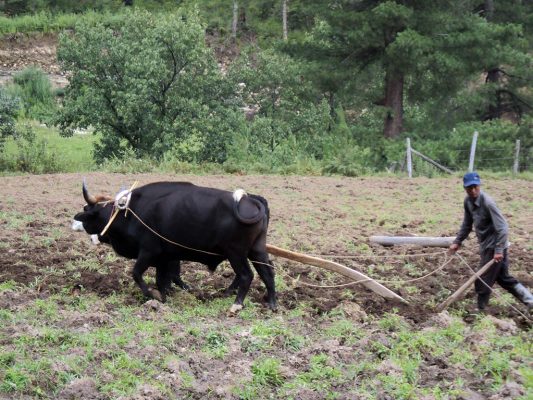
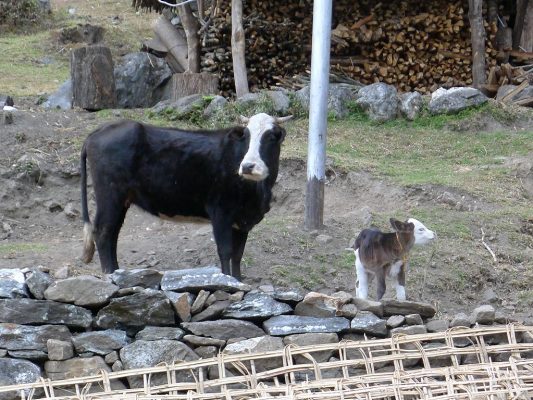
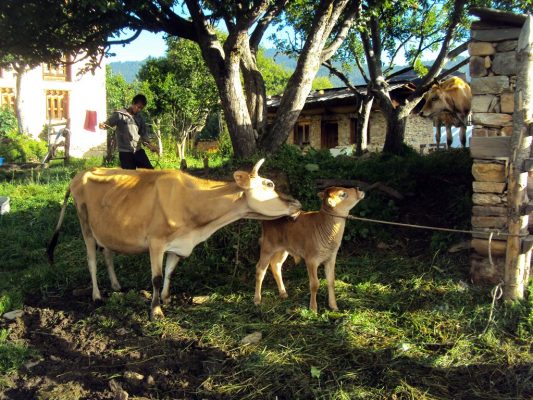

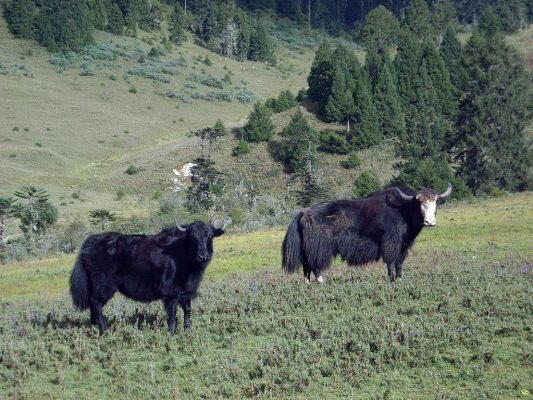
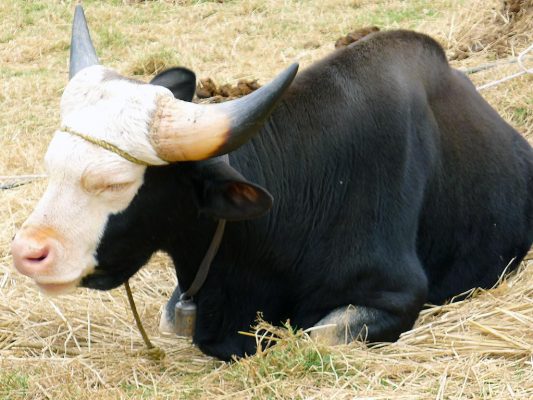
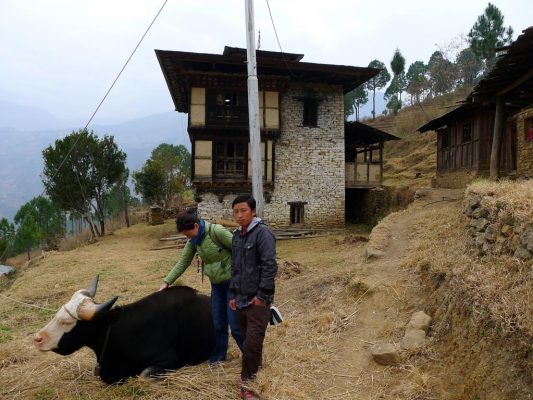
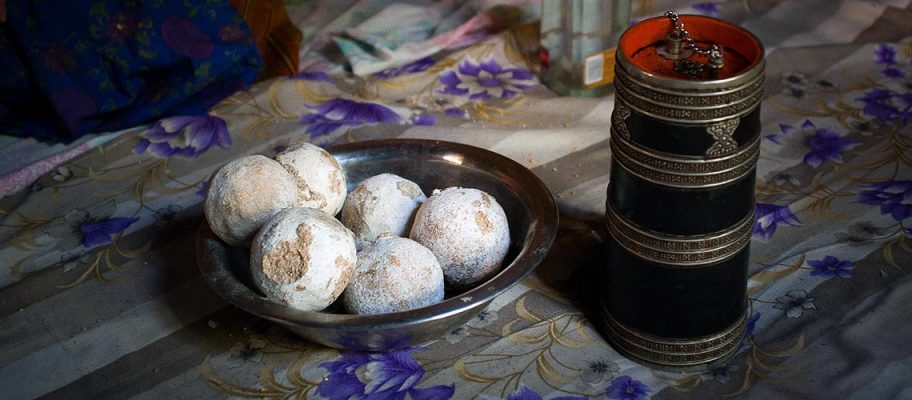
Leave a Reply